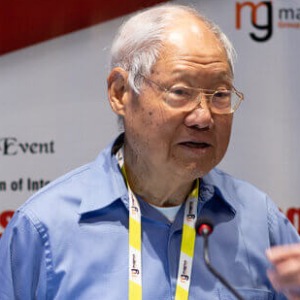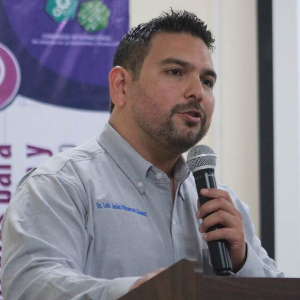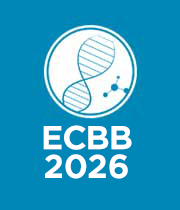Drug Designing
Drug Designing is a complex and intricate process that lies at the heart of pharmaceutical research and development. It involves the creation of novel compounds or modification of existing ones with the aim of targeting specific biological pathways or disease mechanisms. This meticulous process begins with identifying a molecular target, often a protein or enzyme involved in disease progression, through extensive biological and biochemical studies. Once a target is identified, computational methods such as molecular modeling and virtual screening are employed to identify potential drug candidates from large chemical libraries. These candidates undergo rigorous testing in vitro and in vivo to assess their efficacy, safety, and pharmacokinetic properties. Structure-activity relationship (SAR) studies play a crucial role in optimizing the chemical structure of candidate compounds to enhance their potency and selectivity while minimizing adverse effects. Furthermore, drug designing encompasses various strategies, including rational drug design, ligand-based drug design, and structure-based drug design. Rational drug design involves the use of molecular insights into the target structure and function to design specific inhibitors or modulators. Ligand-based drug design relies on the knowledge of ligands that bind to the target to identify structurally similar compounds with potential pharmacological activity. Structure-based drug design utilizes information about the three-dimensional structure of the target protein to guide the design of ligands that fit snugly into the binding site and exert desired effects. In recent years, advances in computational biology, bioinformatics, and high-throughput screening technologies have revolutionized the drug designing process, accelerating the discovery and development of new therapeutics.

Murray Moo Young
University of Waterloo, Canada
Limongi Tania
University of Turin, Italy



Title : Renewed novel biotech ideas, with bioreactor bioengineering economic impact
Murray Moo Young, University of Waterloo, Canada
Title : Improving health in over 40,000 patients: The impact of nanomedicine fighting antibiotic resistant infections
Thomas J Webster, Brown University, United States
Title : Osmotic lysis–driven Extracellular Vesicle (EV) engineering
Limongi Tania, University of Turin, Italy
Title : Evaluating cell compatibility and subcutaneous host response of silk fibroin–chitosan plug composites as potential resorbable implants
Luis Jesus Villarreal Gomez, Universidad Autonoma de Baja California, Mexico
Title : Comparative study of endo-?-1,4-mannanases from novel bacterial strains for the production of galactomanno-oligosaccharides
Shruti Saini, National Agri-food and Bio-manufacturing Institute, India
Title : Engineering Sf9 host cells with AcMNPV genes to control baculovirus infection dynamics and heterologous gene expression
Tamer Z Salem, Zewail City of Science and Technology, Egypt